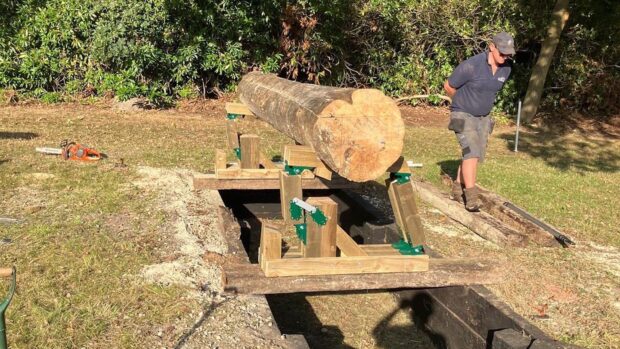Senior figures in eventing have stressed the need for improved rider training and better data gathering in the quest to reduce rider deaths.
The boom in international eventing has led to the number of events and competitors doubling in the past five years and has resulted in dangerous numbers of inexperienced riders taking part, says top course-designer Giuseppe Della Chiesa.
Speaking to H&H as the International Equestrian Federation (FEI) published its eventing safety statistics for 2007 this week, Mr Della Chiesa stressed the need to educate riders and trainers if the number of accidents is to drop.
The figures show that for every 1,000 riders taking part in international eventing last year, three suffered a serious or fatal injury — but the number of falls is dropping overall.
In 2002, after the 1999 season when there were five deaths in UK horse trials, the FEI started gathering information at international (but not national) events worldwide.
“The most important factor in eventing safety is the rider,” said Mr Della Chiesa. “Many people in the sport today do not have a history of cross-country horsemanship. Someone riding in an unsafe manner could have a fall at a solid fence on flat ground.
“We must educate, but the FEI cannot do this alone. National federations must increase the training of riders and their trainers.”
The number of entrants in FEI eventing competitions has risen from 6,583 to 13,252, and the number of classes from 263 to 407 since 2002.
Last year the 60 rotational or somersault falls were recorded in international eventing the highest number since records began. There were 51 in 2006.
And there were two deaths in international eventing, both from rotational falls.
A quarter of the riders involved in these falls will be severely injured or will die, according to FEI figures.
Mike Tucker, FEI eventing safety sub-committee member, said: “I don’t want to prejudge the results of the safety review [announced last year, news, 17 May], but we have many more people taking part in pre-novice competition whose coaching and training is not always appropriate.
At an eventing safety forum in Copenhagen (news, 24 January), experts concluded that training, research into fence design and improving communications between the FEI and national federations were the key ways to safety improvement within the sport.
Their suggestions were put to the FEI bureau on 10 April and safety sub-committee member and riders’ FEI representative Carl Bouckaert said: “The FEI president [Princess Haya] and bureau members have made it clear that anything which would improve safety will be done.”
At the Copenhagen forum in January, it was decided that national data should be included in the FEI’s annual accident report as soon as practically possible. National federations were asked to feed back information to the FEI.
This news story was first published in Horse & Hound (24 April, ’08)



